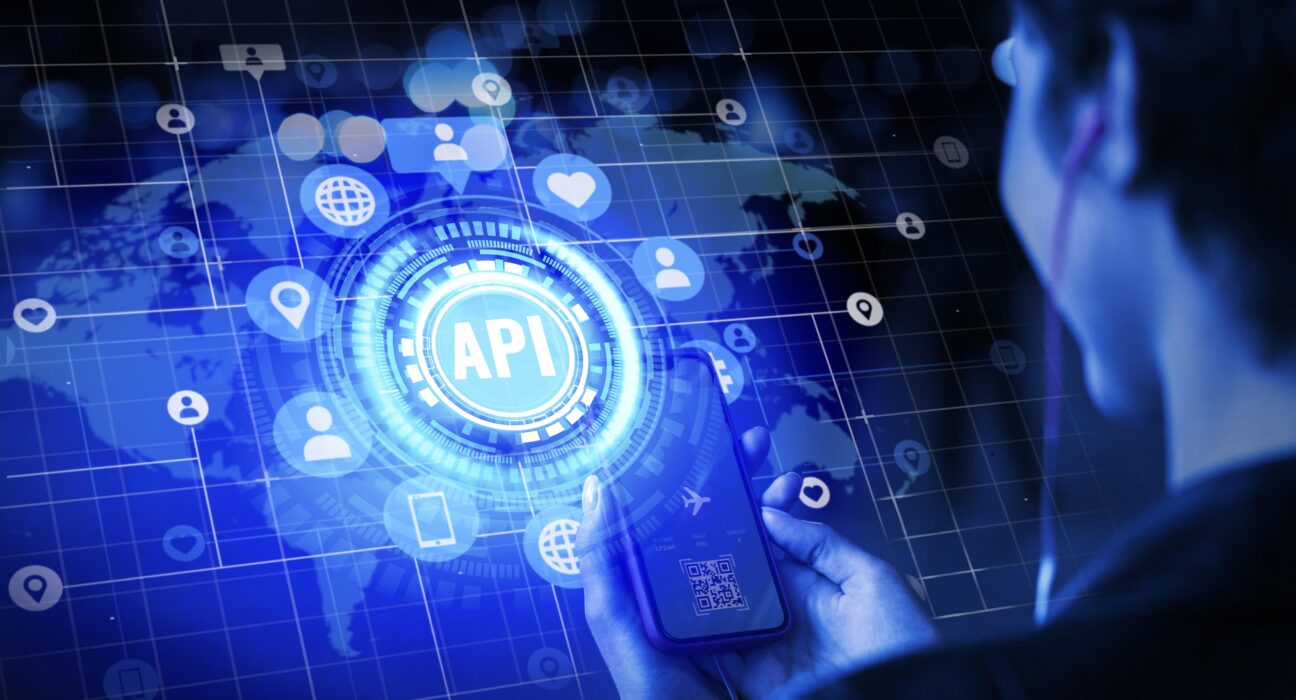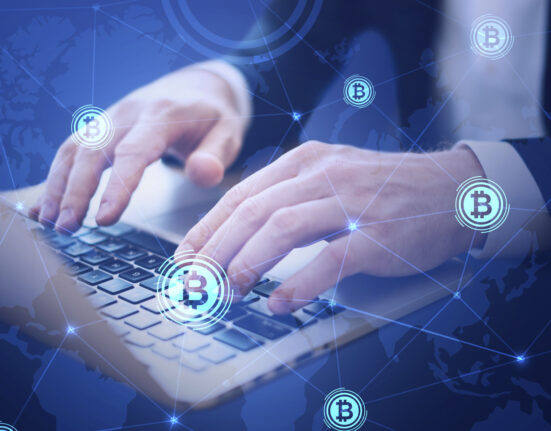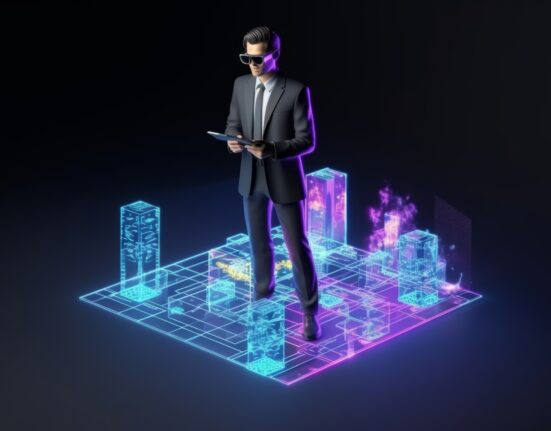Decentralized applications, or DApps, are another fascinating evolution in web3. Unlike traditional apps that rely on a central authority, DApps operate on a decentralized network, offering users a new level of transparency and security.
How do they work?
- Decentralized Infrastructure: DApps leverage blockchain technology, a secure and transparent digital ledger. This decentralized infrastructure means that no single entity has control, reducing the risk of manipulation or censorship.
- Smart Contracts: Smart contracts are self-executing contracts with the terms directly written into code. These contracts automate and enforce agreements without the need for intermediaries, ensuring trust and reliability in transactions.
- Distributed Storage: Data in DApps is stored across a network of nodes rather than on a central server. This distributed storage enhances security, as hacking one node does not compromise the entire system.
- Consensus Mechanism: DApps rely on a consensus mechanism to validate transactions. This process involves a majority of nodes agreeing on the accuracy of the information, preventing fraudulent activities and ensuring the integrity of the network.
- Token Economy: Many DApps use blockchain tokens, which represent value within the network. These tokens facilitate transactions and incentivize participants to contribute to the decentralized ecosystem.
Benefits of DApps:
- Transparency: All transactions and operations within a DApp are recorded on the blockchain, providing a transparent and traceable history.
- Security: With no central point of failure, DApps are less vulnerable to hacking and data breaches, offering a more secure user experience.
- Censorship Resistance: DApps operate independently of centralized authorities, making them resistant to censorship. Users have greater control over their data and activities.
- Community Governance: Decisions about the DApp’s development and protocols are often made through community consensus, fostering a democratic and inclusive approach.
Examples of DApps:
- Cryptocurrencies:
– Bitcoin: Bitcoin operates as a peer-to-peer electronic cash system, enabling users to transact without the need for intermediaries.
– Ethereum: Aside from being a crypto on its own, Ethereum is a platform for building DApps. It introduces the concept of smart contracts, allowing developers to create a variety of decentralized applications on it.
- Decentralized Finance (DeFi):
– Uniswap: Uniswap is a decentralized exchange protocol on the Ethereum blockchain, Uniswap enables users to swap various cryptocurrencies without relying on a central exchange.
– Compound: This DeFi lending platform allows users to borrow and lend cryptocurrencies through smart contracts, eliminating the need for traditional banks.
- Social Media:
– Steemit: A decentralized blogging platform that rewards content creators and curators with cryptocurrency. It operates on a blockchain, ensuring transparency and fair compensation for contributors.
- Gaming:
– Decentraland: This is a virtual world built on the Ethereum blockchain, where users can buy, sell, and build on virtual land. Ownership and transactions are recorded securely using blockchain technology.
- Supply Chain:
– VeChain: Focused on supply chain management, VeChain utilizes blockchain to enhance transparency and traceability in product supply chains, reducing fraud and ensuring product authenticity.
- File Storage:
– Filecoin: A decentralized storage network where users can rent out their unused storage space and earn Filecoin tokens. This creates a distributed and secure file storage system.
These entities show the versatility of decentralized applications across various industries, providing innovative solutions that challenge traditional systems.
As the DApp ecosystem continues to grow, we can expect even more groundbreaking applications that redefine how we interact with digital platforms.
Lastly, it is safe to say that Decentralized applications (DApps) mark a shift towards a more democratic, secure, and transparent digital future. By embracing blockchain technology and decentralized principles, DApps empower users, reduce dependency on central authorities, and pave the way for a new era of innovation.














Leave feedback about this